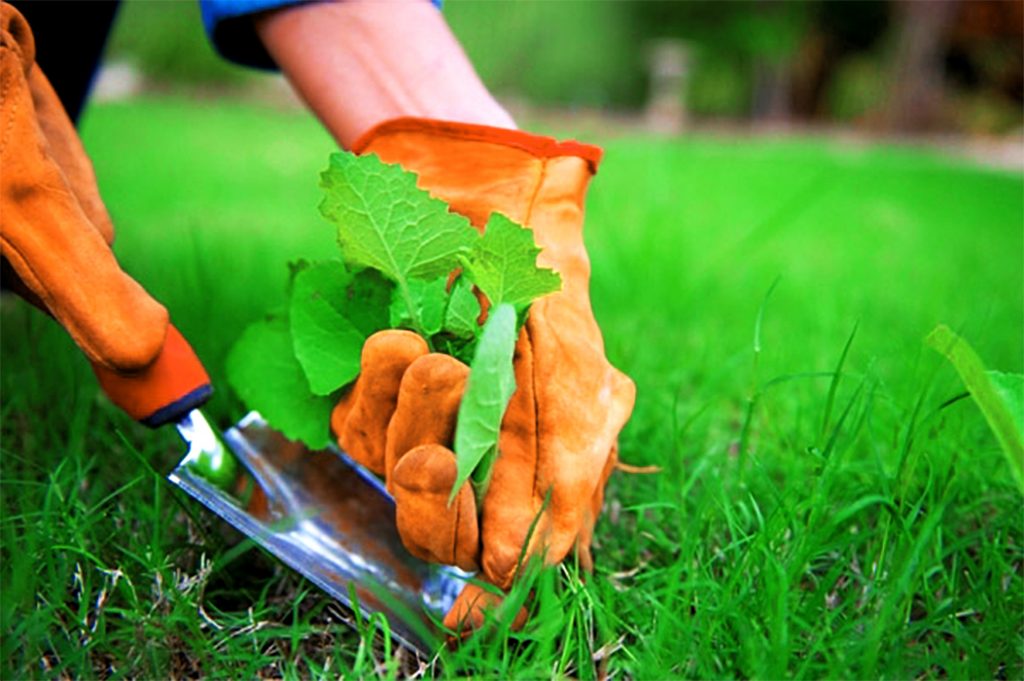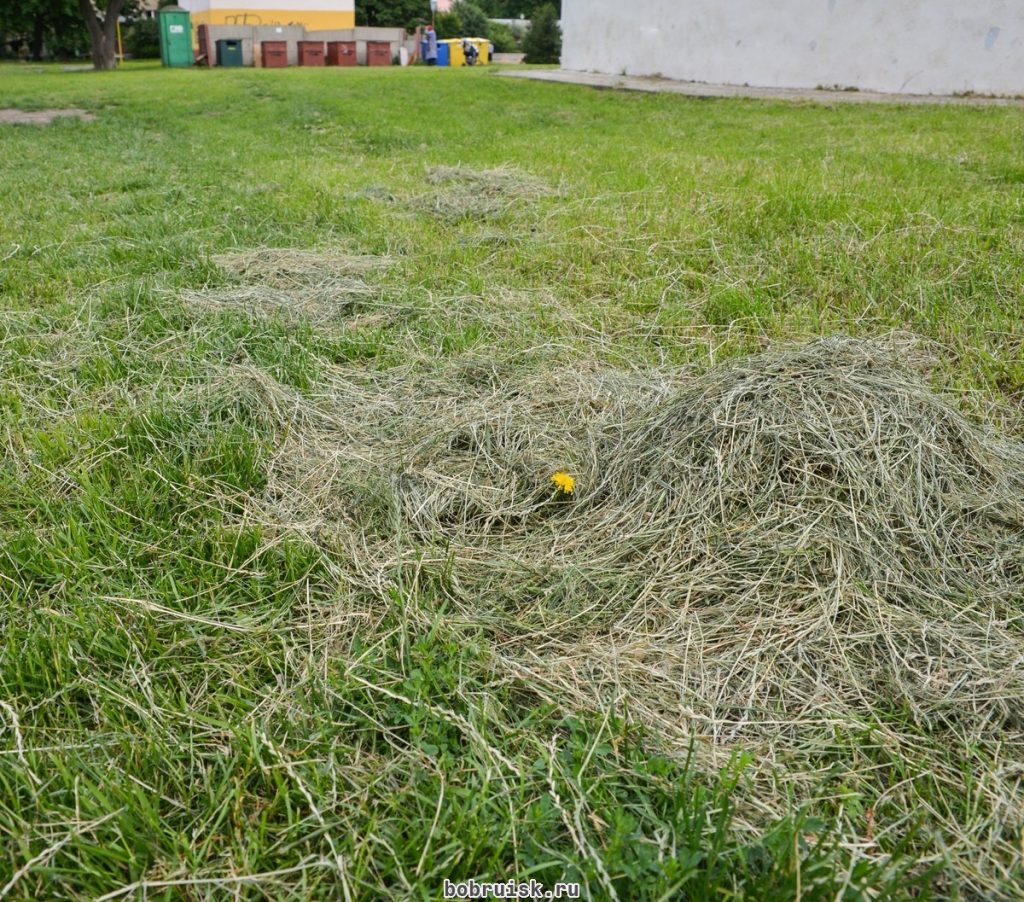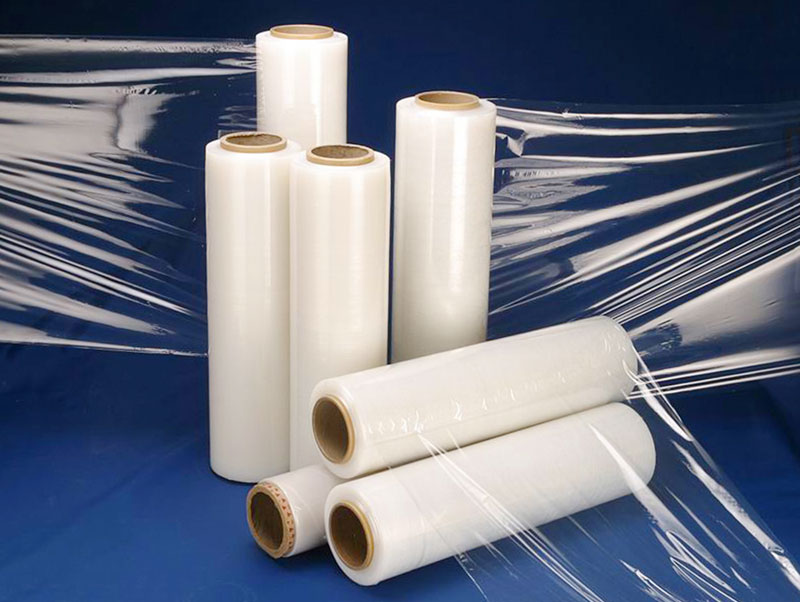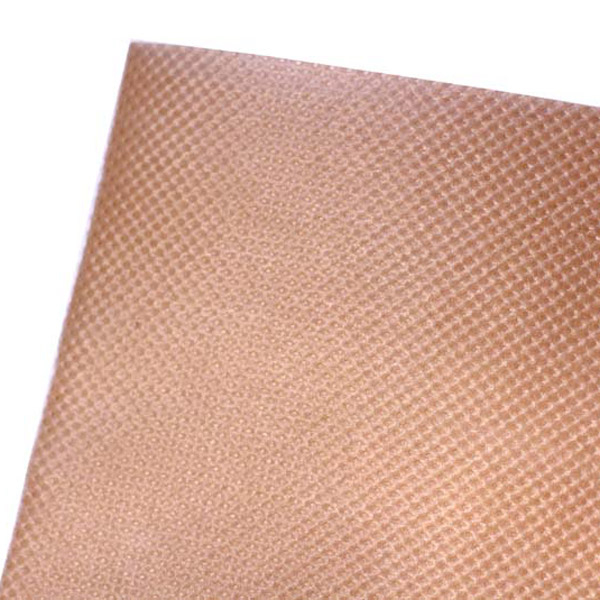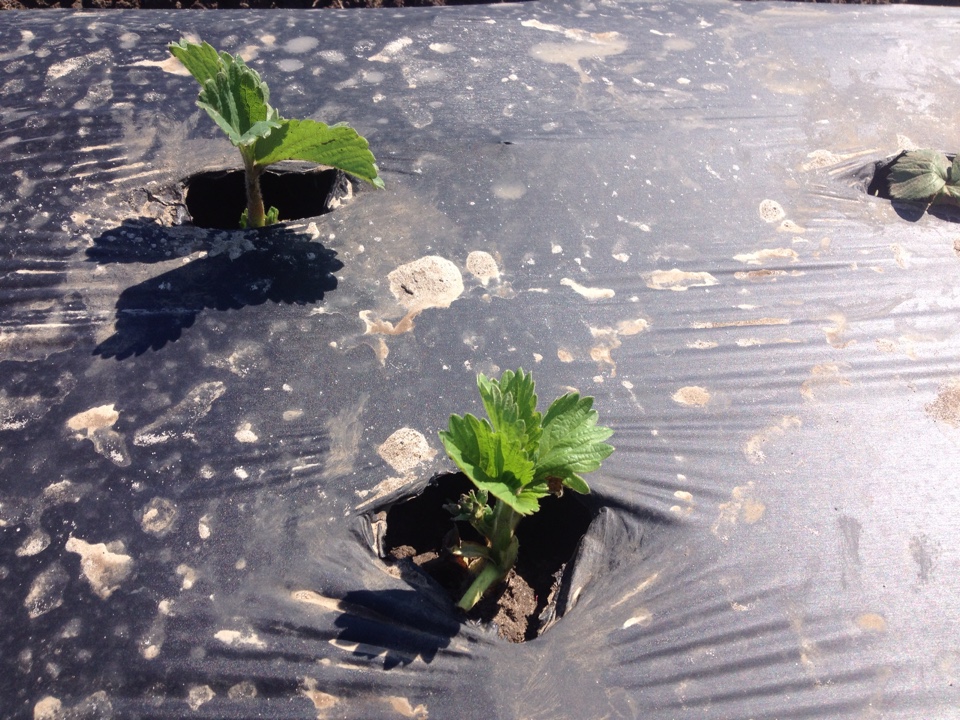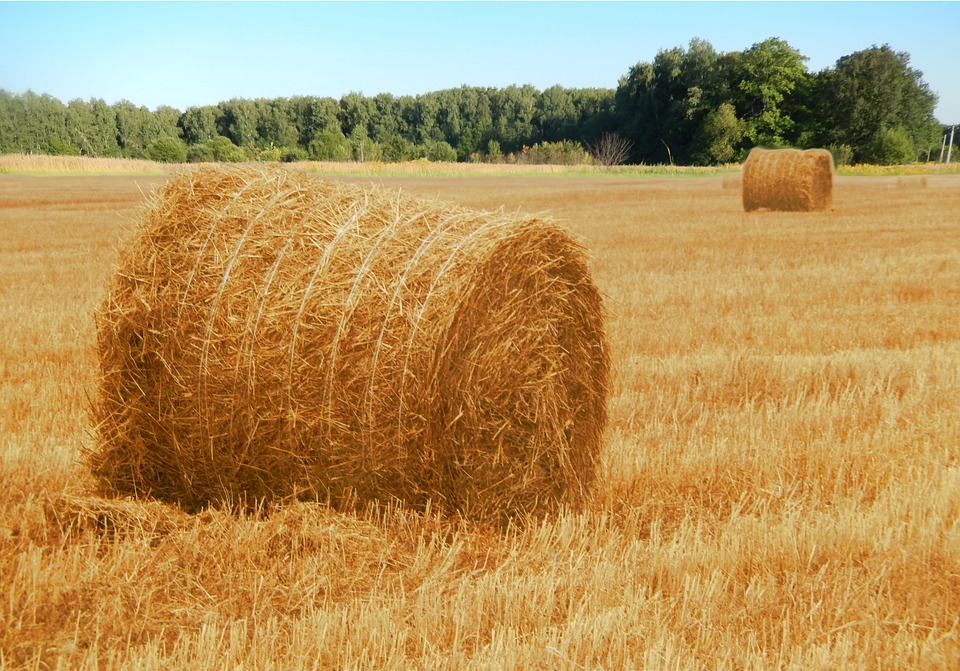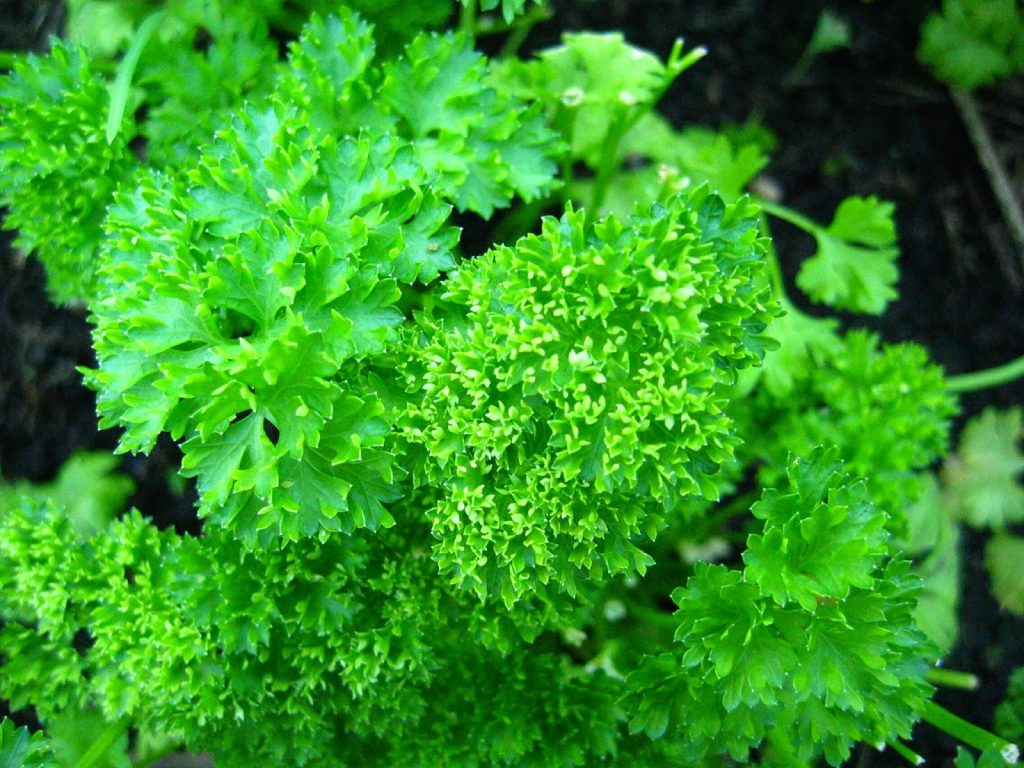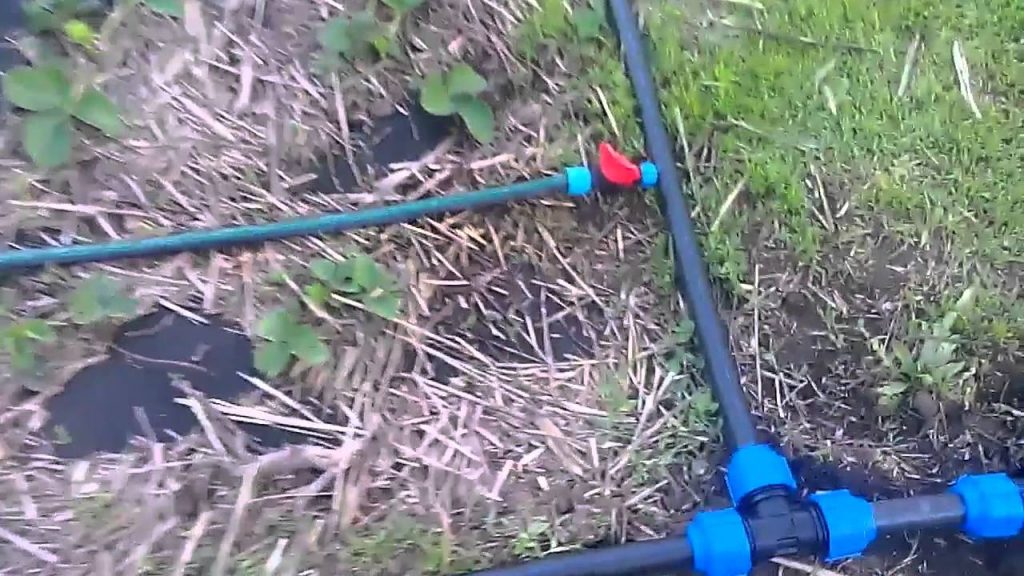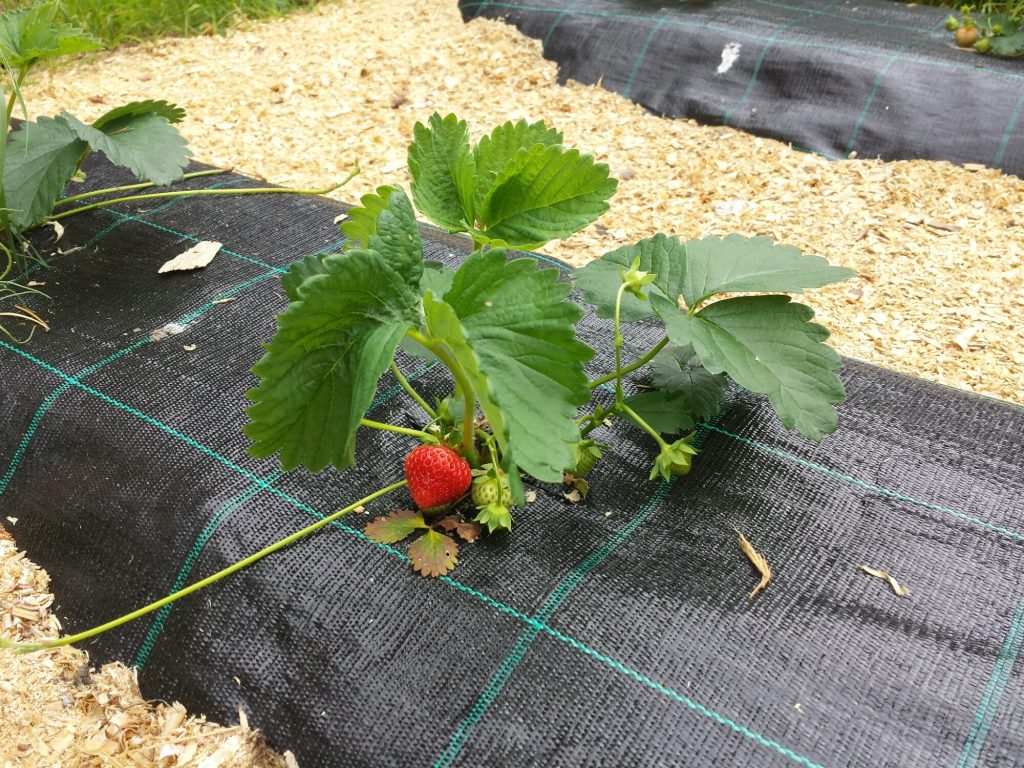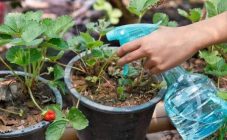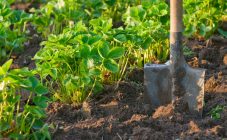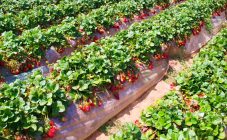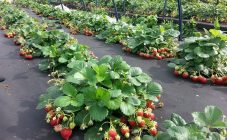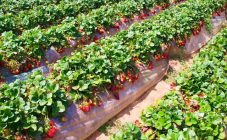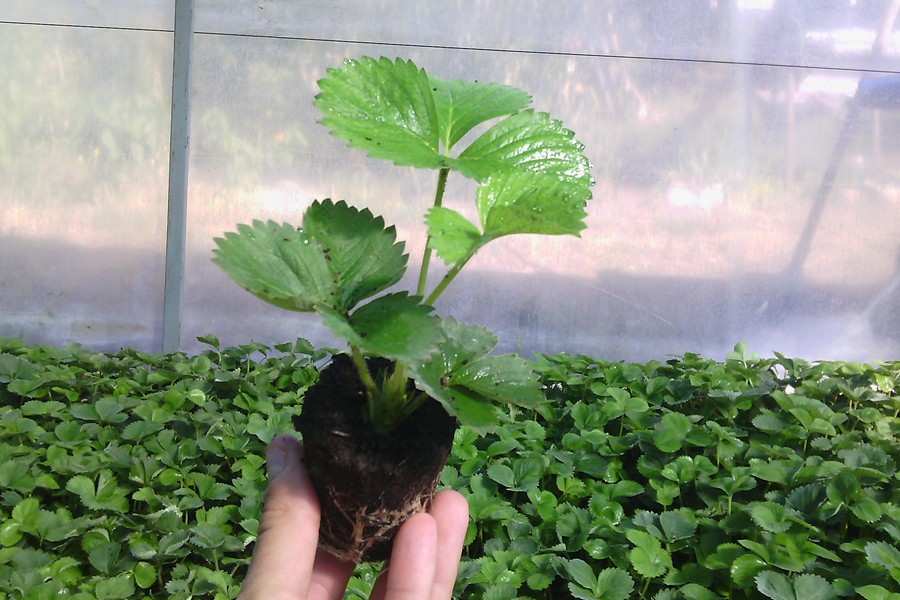Content:
Gardeners are increasingly growing strawberries under cover material. This technology has become an excellent way out for those who are engaged in the cultivation of strawberries on an industrial scale or cannot often come to the country house to weed or water it. However, the wrong choice of material for shelter or the wrong care can lead to the death of the plant and damage to the soil.
Why cover strawberries
Growers highlight the following benefits when covering the ground under strawberries:
- the bushes look aesthetically pleasing, the berries are always clean;
- harvesting becomes easier;
- strawberry whiskers do not germinate, as they do not have contact with the soil, which simplifies their timely removal;
- planting strawberries under a black covering material prevents weeds from appearing due to the lack of light;
- the condition of the soil is stabilized, it is not dried by the scorching sun and wind;
- strawberries do not need weeding;
- a humid microclimate will attract earthworms, this will contribute to additional aeration of the earth.
Changing growing conditions leads to a noticeable result:
- bushes are getting stronger;
- fruits ripen half a month earlier, their volume increases;
- strawberries do not rot, since they do not lie on the ground, so they can be stored on a bush for much longer, up to 14 days;
- in winter, the root system of the bushes does not freeze if it is well protected;
- sudden changes in temperature cease to strongly affect the condition of the bushes;
- due to the good conditions and the excellent condition of the bushes, the risk of their infection with purulent diseases decreases.
There are also downsides to sheltering strawberries. However, most of the disadvantages are not related to shelter in general. As a rule, problems and disadvantages appear in connection with the choice of a particular material, with the wrong method of shelter, or in the event that agricultural technology is violated.
With an incorrect selection of material or incorrect installation, it is possible:
- creating a greenhouse effect under the coating, which will lead to fungal and putrefactive diseases;
- the introduction of weed seeds into the soil in the garden bed and their uncontrolled reproduction;
- waterlogging of the soil;
- attracting slugs and snails;
- ingress of harmful substances into the soil;
- the formation of a nitrogen deficiency in the soil - a substance necessary for the growth of bushes;
- creating a favorable environment for the reproduction of pests;
- unpleasant odor from the material.
To avoid negative effects, it is required to correctly consider the choice of material for covering the beds.
What covering materials for strawberries are
All covering materials for strawberries can be divided into 2 types:
- organic (green manure, leaves, hay, mown grass, bark, shavings, peat, manure, paper);
- inorganic (crushed stone, polyethylene, agrofibre).
All of these materials have their pros and cons.
Most gardeners only use organic materials. Their main advantages:
- simultaneous shelter of strawberry bushes and soil fertilization;
- the possibility of self-preparation;
- when watering, materials such as leaves and hay that have fallen to the ground do not create a greenhouse effect;
- almost all organic materials do not harm soil and plants.
However, there are also disadvantages:
- when using newspapers, the paint is absorbed into the ground and poisons the plants;
- grass and hay may contain weed seeds that will enter the soil and germinate;
- discharge from such materials looks unaesthetic and may smell bad;
- the shelter can interfere with pollination of flowers, as it distracts insects.
Inorganic material (for example, gravel) for shelter is rarely used, its main advantages are:
- aesthetics;
- drainage.
However, at the same time, this method of shelter is not able to fight weeds, does not keep the soil temperature optimal, and the material in the future will be difficult to remove (it will not mix with the ground like hay).
Polyethylene, as an inorganic material, is the most widespread for sheltering strawberries, due to its advantages:
- cheap;
- looks aesthetically pleasing.
Polyethylene is an excellent film for strawberries against weeds, however, against the background of these advantages, there are also serious disadvantages:
- sunlight destroys the material, and its beneficial properties are reduced to zero, poisoning of the soil and plants is possible;
- after watering, strawberries under the film create a greenhouse effect, which leads to purulent and fungal diseases, and the water balance is disturbed.
Agrofiber
Today there is a worthy replacement for polyethylene - agrofibre. It is an environmentally friendly polymer with a fine structure and looks like a cloth. On the market, such a canvas is called differently:
- Agrospan;
- Agril;
- Lutrasil;
- Agrotex;
- Spunbond;
- Lutrasil.
All of the options presented above have a similar composition and advantages, in fact they are the same.
Among the advantages of using agrofibre for sheltering strawberries are:
- often has markings to simplify installation by meter and planting plants at a certain distance;
- perfectly permeates air and moisture, so the earth under it does not "suffocate";
- after rain, water does not accumulate on the surface of the canvas, but is evenly distributed over the entire covered area, gradually absorbing into the soil;
- prevents the development of weeds, fungi and mold, not allowing sunlight to reach the ground;
- prevents the development of many parasites (for example, the spider mite, which needs open soil for development);
- favorable conditions under the material attract earthworms, which process the remains of the weeds and carry out additional aeration of the earth;
- you can use such material many times, the main thing is not to damage it during the previous cleaning from the beds;
- no weather conditions lead to cracking, rotting and other damage to the fabric of the canvas;
- agrofibre does not harm the soil and plant.
The main and only negative is the price of agrofibre. Although it is wear-resistant, it needs to be changed every 3-4 years, and the material costs more and more.
What covering material for strawberries to choose
And yet, what material to choose to cover the strawberries, forgetting about caring for the plant for a long time? When it comes to laying organic materials for sheltering strawberries, hay is the best of all.
Best organic material
Hay, better than other organic materials, will preserve and maintain the soil temperature that is optimal for growth, and will also give it full ventilation, which will create a favorable microclimate between the covering material and the soil. The moisture under the hay does not linger, preventing rotting. Strawberries are mulched with hay only 2 times a year. The first time, before flowering in spring (early May), the second time, after harvest (before frost, in autumn).
The shelter scheme is not difficult and simple enough even for inexperienced gardeners:
- the hay is shaken off the seeds and soaked (in this way, the centers of germination of weeds are removed);
- dries up (necessary in order not to create favorable conditions for decay after laying);
- the coverage area is treated from weeds and is loosened (a mandatory moment, since already germinated plants, even after shelter, can develop for some time, thereby pushing the hay and releasing leaves in the sun, which in turn will lead to the full development of the weed);
- neatly, in a uniform layer, all around the bushes is laid with hay (light thrombosis is necessary to create a dense layer that does not fly in the wind and does not let sunlight into the soil).
In addition to protecting with hay, some tricks are used. From live plants, you can plant parsley in order to ward off slugs and snails. And mustard can be planted to ward off diseases associated with rot.
Best inorganic material
Of inorganic materials, the best choice is agrofiber. Spunbond for strawberries is also often used. This material copes with all its functions, serves for a long time, it is easy to install.
Installation diagram of agrofibre (spunbond) on the garden bed:
- The soil is prepared, loosened, weeds are pulled out, the soil is leveled as much as possible.
- If the soil is dry, water it abundantly.
- If necessary, it is treated with prophylactic agents against fungal diseases.
- Measurements of the beds are made and the necessary pieces of material are cut off (when measuring, the width, length, height of the beds are taken into account, it is necessary to make an allowance for a distance of up to 20 cm).
- Agrofibre must be carefully put on the garden bed, strengthened for a while with improvised means.
- Holes in the bush material are measured and cut.
- The bushes are carefully pulled out into the cut holes.
- The material is firmly pressed to the ground.
- The fabric is stretched and fixed at the edges with special devices, the ends of the fabric are sprinkled with earth.
If it is decided to plant strawberries under the covering material, then the scheme is modified, starting from point 5:
- On the canvas, marks of the location of future strawberry bushes are created and cuts are made.
- The soil is fertilized before planting.
- The bed is covered with a canvas (you can fix it with special pins).
- Strawberry seedlings are planted in the holes according to the usual planting rules.
There is also white agrofiber. The bushes are completely covered with it. For faster ripening, cover the strawberries with a white cloth.
After installing the strawberry shelter, do not forget about leaving. The bushes still need to be watered. Ice water must not be used for irrigation; it must be at an average temperature of about 18 ° C. Due to the fact that mulch and agrofibre retain moisture under them, you can water the plants 2 times less often. In August, when the weather is dry, it is worth increasing the amount of water for irrigation. Otherwise, you can follow the usual rules for watering strawberries.
Weeding is not necessary as the soil remains loose. It is necessary to trim the mustache and dried leaves in time. Harvesting will be easier than ever, as all the berries will be visible.
What difficulties and mistakes do novice gardeners have?
With the inept use of shelter material, serious problems can arise. With incorrect mulching with hay, you can easily allow waterlogging, deterioration of the vegetative development of the plant, overgrowing with weeds.
- The first mistake is mulching young, low-rooted strawberry sprouts on heavy soils with poor drainage. Such a mistake will lead to waterlogging of the bushes and the death of an already small root system. It is worth choosing the right soil for planting a crop and loosen it regularly.
- The second mistake is made when the grower decides to cover the strawberries with mulch, but does not feed them with nitrogen. In the hay, when in contact with the soil, soil fungi appear, which, in general interaction with moisture, literally draw out all the nitrogen necessary for the growth of strawberry bushes from the ground. Therefore, it is necessary to regularly apply fertilizers with nitrogen to the beds.
- The third mistake is made by lazy or hasty gardeners. If the hay has not been thoroughly processed beforehand, weed seeds can be introduced into the soil. Also, curly weeds that spread on neighboring beds can crawl under the mulch, since under it is the most comfortable place for them to develop. This is worth watching closely. Some, when weeding in wet weather, pile weeds with roots next to the mulch. The roots of plants immediately cling to the soil loose from mulch and begin to "urgently" bloom and shed seeds, this will lead to re-infestation of weeds in the beds.
The only mistake when covering strawberries with siderates is their incorrect combination, leading to a deterioration in flower growth or reduction of beneficial properties to zero. To fix it, before planting plants, you should study the information about them as much as possible.
If we consider the nuances when covering strawberries with agrofibre, then gardeners almost do not make mistakes, and if they do, they are not related to the shelter of agrofibre.
Thus, sheltering the strawberry is a great way to ease the care of the plant, improve the aesthetic appearance of the beds, and enjoy a richer harvest. But in order to come to this, you need to take this matter seriously, choose the right material, correctly install it and do not forget to care for it and the strawberry bushes.

